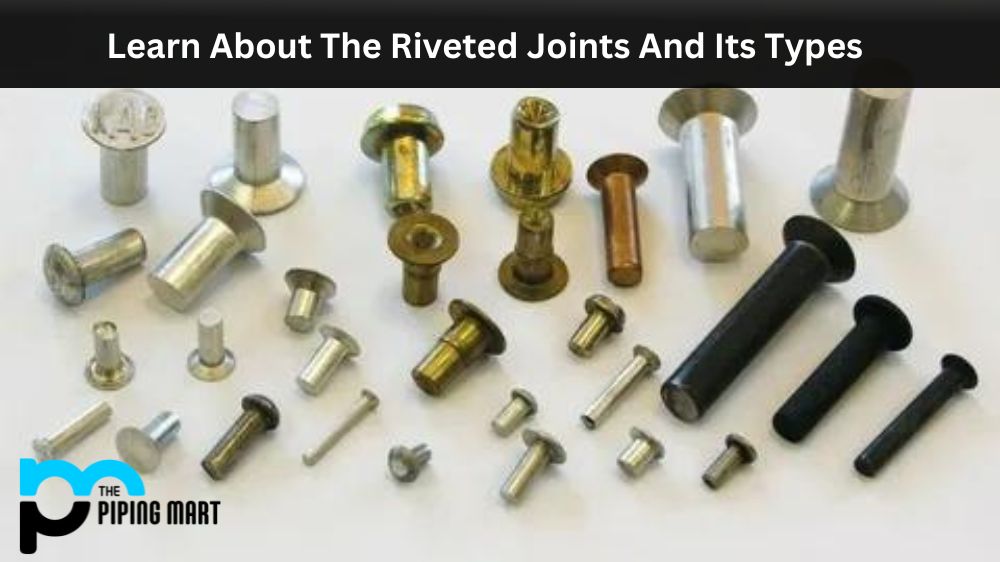Pressure welding, also known as forge welding, is a metal joining process that uses pressure and heat to join two pieces together. This method is commonly used in the automotive, aerospace, and construction industries due to its ability to create strong welds. This article will explore the different types of pressure welding and their applications.
Types of Pressure Welding
Diffusion Welding
Diffusion welding is pressure welding, where two pieces of metal are pressed together using extreme hydraulic pressure. Heat is applied during this process which causes atoms on the surface layers of each piece of metal to migrate into one another. This creates an atomic bond between the metals, which forms a strong connection between them. Diffusion welding can be used for various materials, including aluminium, copper, and stainless steel sheets.
Explosion Welding
Explosion welding is pressure welding, where two materials are pressed together with explosives. When an explosive charge detonates against two surfaces, it creates an intense shock wave that pushes the two materials together at very high speeds (up to Mach 3). The force created by this shock wave instantly bonds the two materials together, forming one solid mass. Explosion welding can join dissimilar metals such as aluminum and steel or titanium and copper alloys.
Friction Welding
Friction welding is a type of pressure welding where two pieces of metal are joined by rubbing them together under extreme force and temperature. The friction created by this process melts the surface layer of both metals, which fuse when cooled down, forming a strong bond between them. Friction welding can join ferrous and non-ferrous metals such as aluminium, brass, and stainless steel.
Gas pressure welding
Gas pressure welding is one of the most reliable and popular welding techniques. This process uses a combination of heat and pressure to combine two pieces into one piece. It is used in almost all forms of industrial manufacturing due to its accuracy and being fast and cost-efficient. The heated gas creates an arc between the metals that need to be joined while pressure forces the molten material to fill in all the gaps between them. It requires expertly trained welders who can precisely control heat and pressure to prevent splatter or burning, creating a strong bond between two materials without further reinforcements like bolts or fasteners. Such results make gas pressure welding a highly desirable choice among engineers and manufacturers.
Resistance welding
Resistance welding is a type of welding process that requires no additional filler material to join two pieces of metal. This unique and innovative process works by using an electrical current that travels through two electrodes and directly melts the two pieces of metal together. Thanks to its efficient and cost-effective nature, resistance welding has become incredibly popular in various industrial applications such as car construction, home appliances, aircraft building, and even in certain medical images. The range and capabilities of this incredible technology continue to expand by the day – hopefully allowing us to form stronger, better welds than ever before!
Ultrasonic welding
Ultrasonic welding is an exceptional way to join materials together without using additional substances. This technique relies on high-frequency vibrations applied directly to the material to quickly melt them together and form a strong bond between them. Ultrasonic welding is especially beneficial when joining two materials of different kinds as it allows for a steady flow while avoiding contamination or damage due to materials not mixing correctly. It requires highly skilled workers, as precision and accuracy are essential in achieving reliable results. After successful completion, ultrasonic welding produces high-strength joints that are both lightweight and durable.
Conclusion:
Pressure weldings are essential for many industries because they provide strong connections between different types of metals that can withstand significant amounts of stress or strain without breaking apart or degrading over time. Various kinds of pressure weldings are available, from diffusion weldings to explosion weldings, depending on what material you need to join for your application. It’s important to know which type will work best for your project so you can get reliable results every time! By understanding these types better, website owners can make sure they have access to reliable connections when they need them most!

Abhishek is a seasoned blogger and industry expert, sharing his insights and knowledge on various topics. With his research, Abhishek offers valuable insights and tips for professionals and enthusiasts. Follow him for expert advice on the latest trends and developments in the metal industry.




